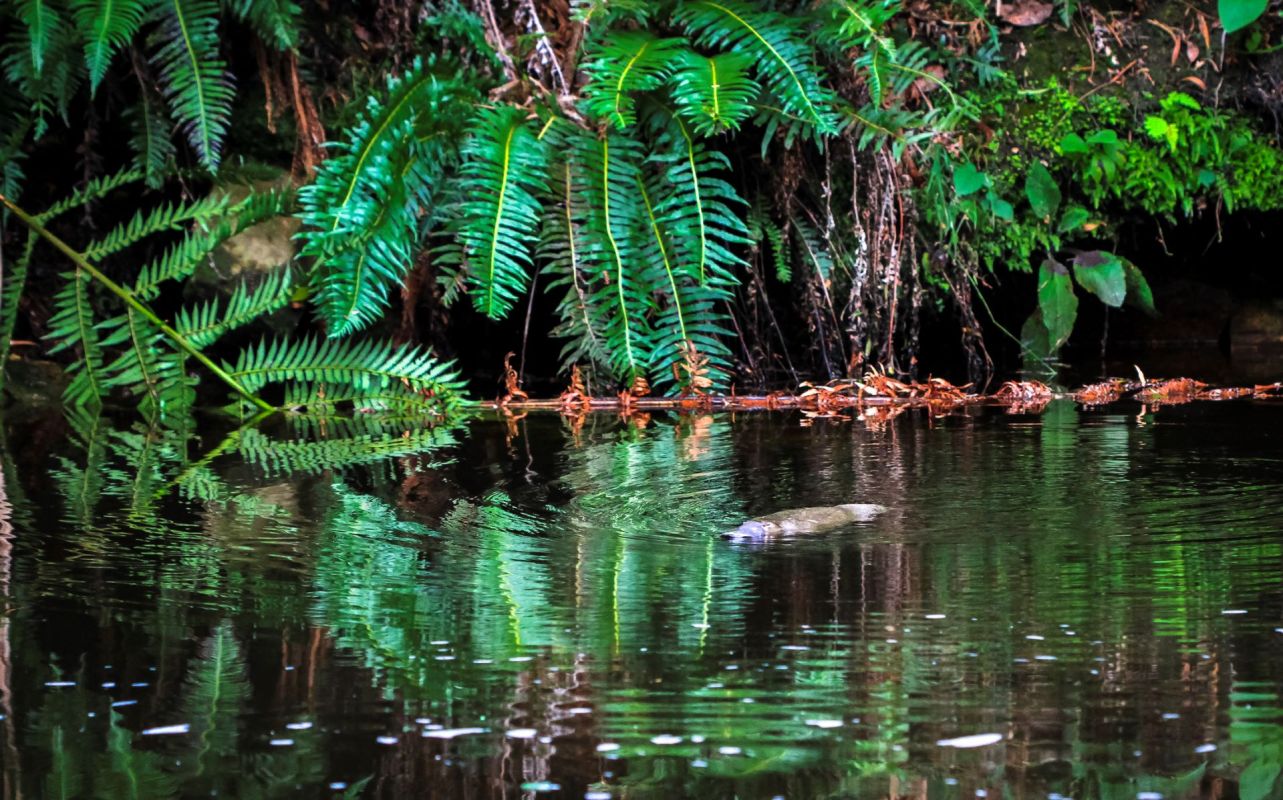Once believed to be gone forever, platypuses are being reintroduced to Sydney's Royal National Park after disappearing five decades ago.
Conservationists aren't sure exactly why the peculiar egg-laying aquatic mammal vanished from the rivers of Royal National Park. It could have been due to a chemical tanker spill on the nearby Princes Highway or excessive predation by foxes or cats, the Good News Network reported.
Regardless, they're making a comeback!
In a collaborative effort involving the University of New South Wales, National Parks and Wildlife Service, and World Wildlife Foundation, conservationists recently reintroduced the first batch of five female individuals into the Hacking River.
This marks the initial phase of the reintroduction project.
Recent studies estimate at least 15,000 species are now facing the threat of extinction on Earth. Determining the exact extinction rate is challenging since many endangered species have yet to be identified or studied.
Species have been going extinct while new species have emerged since the Earth began harboring life billions of years ago.
But today we are undergoing what scientists call the sixth mass extinction, which is triggered by human activities, such as the unsustainable use of land (in large part due to animal agriculture for meat production), water and energy use, and human-driven climate change.
Although this unfortunate mass extinction is currently underway, some efforts to bring back species have been successful, as some have been put back on the map.
An example is that of the black-footed ferrets in the Northern Great Plains of North America, which were declared extinct years ago until being successfully brought back to their natural habitat.
The goal is also to put the Australian platypuses in the right position to get back on track.
"We've put females in a week to 10 days before the males go in, just to let those girls settle in without those males who are a bit bolder, a bit boisterous," said Rob Brewster, an Aussie conservationist with the WWF, according to the Good News Network.
"Hopefully, those females have found that little niche in their new environment and they can settle in together from there on," he added.
Penny Sharp, the New South Wales Environment Minister, said, "Royal National Park is Australia's oldest national park and I am pleased this historic reintroduction will help re-establish a sanctuary for this iconic species," reported the Good News Network.
Join our free newsletter for cool news and cool tips that make it easy to help yourself while helping the planet.









